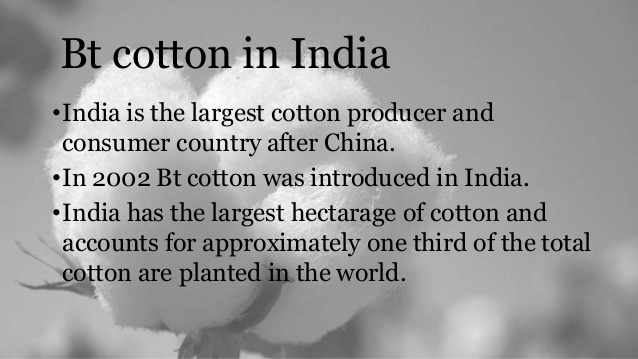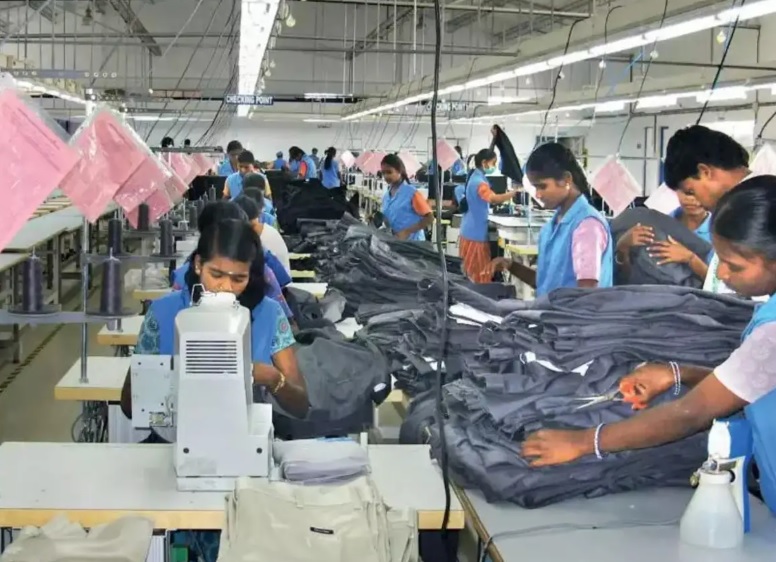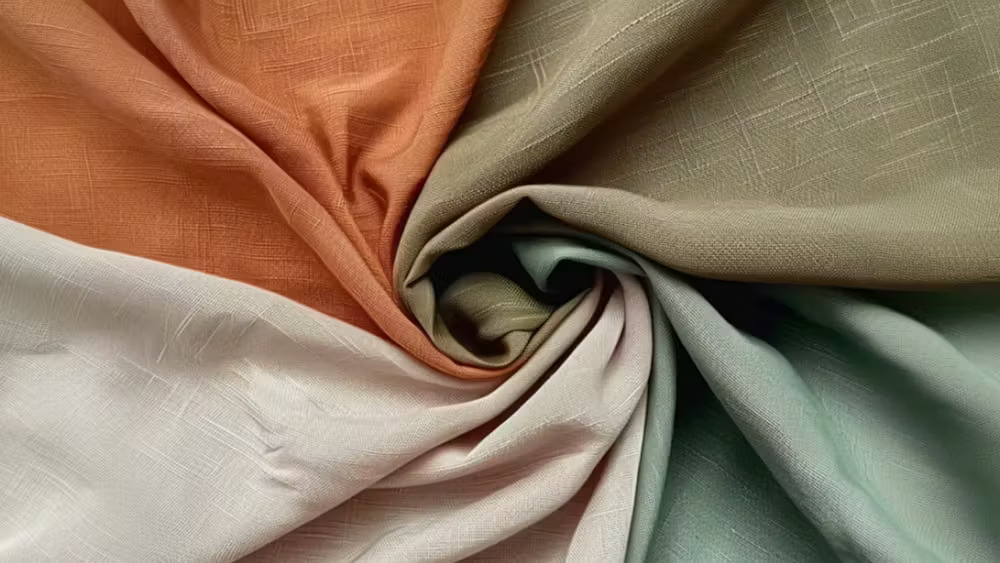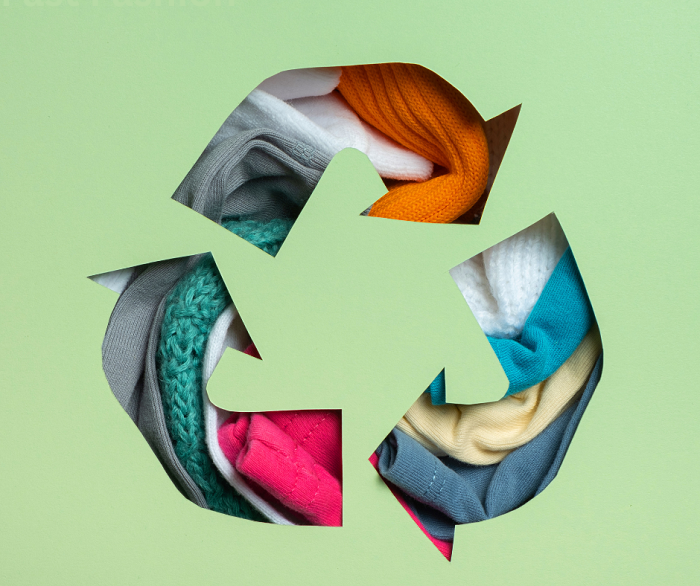FW
Bangladesh's garment exporters say the country’s interest rates are high compared to India, Pakistan, Vietnam and Indonesia. They want the government to reduce the rate as exporters see it as an impediment to growth. They say if this is not done, the industry would not grow at the expected level and the target of reaching exports of $50 billion by 2021 will be tough to achieve. Another of their peeves is that the US has suspended GSP facility for Bangladesh. They want the facility restored.
Bangladesh is the world’s second largest garment exporter. The garment industry now accounts for nearly 82 per cent of Bangladesh’s total exports. In the last 40 years since independence, poverty rate has fallen from 80 per cent to less than 30 per cent, GDP has averaged around five to six per cent for over 20 years, and the garment industry has had a lot to do with all this. It has transformed the economic and social landscape of the country.
When the Rana Plaza garment factory collapsed in 2013, a harsh spotlight suddenly shone on the country’s garment industry. That spotlight showed an industry in chaos, unsafe conditions, corruption, low wages and child labor. Cheap labor and lax regulations are part of Bangladesh’s draw. And the government has pitched its garment industry in that light to attract investment.
Korean businesses in the Los Angeles garment district are considering making a mass move to El Paso, Texas. Their business in Los Angeles is responsible for at least $10 billion in annual revenues as well as 20,000 jobs. An increase in minimum wage in California, coupled with rising rent and strict labor laws, are some of the reasons for relocation.
El Paso was once home to denim companies including Levi’s and Wrangler. It has abundant skilled laborers, fewer regulations, much cheaper rent and direct flights from Los Angeles. There's already a strong Korean presence in El Paso with more than 100 businesses in downtown El Paso, half of them owned by Koreans.
There is a feeling the shift to El Paso has been prompted by strict labor laws in Los Angeles and that some employers may be looking to El Paso to take advantage of lax enforcement of laws and a vulnerable new immigrant population. Los Angeles’ garment district were predominantly Jewish in the 1970s when Korean immigrants first began selling textiles there. Many had first emigrated from Korea to Latin America, where they operated successful fashion businesses, before migrating north to California.
Soon entrepreneurs were hiring their own designers and seamstresses and fortunes were created. But now, problems have arisen. Apparel manufacturing moved to China, Southeast Asia or other places with cheap labor and other ways to cut costs.
Zyda Rylands has takenover as CEO of Woolworths South Africa. Rylands will take responsibility for the entire food and clothing business across South Africa. Zyda has worked in many sections of Woolworths business including finance‚ HR and operations during her 20-year career with the business. Under her leadership‚ Woolworths Foods has transformed into a sizeable foods business with a reputation for quality‚ innovation and sustainability.
Since she was appointed, Woolworths Foods has seen a 83 per cent growth in turnover as well as a 240 per cent growth in profit. This year has been transformational for the group. Woolworths ensures each of its major businesses has a CEO who is clearly focused and responsible for driving growth and profitability. This better positions the group to deliver on its strategic objectives.
Woolworths Holdings Limited is an investment holding company and one of the top 100 companies listed on Johannesburg Securities Exchange. Its core business focus is the provision of retail products and services to upper and middle income customers in the southern hemisphere. The group employs more than 38,000 employees across 15 countries and trades in approximately 1,200 store locations.
www.woolworths.co.za/

Pushes up overall growth

The per hectare Bt cotton yield has grown significantly over the breakdown of area between rain-fed and irrigated land, in both cases, the rise has been the same. This made cotton cultivation profitable and a rise in yield in turn encouraged farmers to bring in more area under cotton cultivation. Farmers recognised the benefits of technology, and thus adopted it in a huge way. It is also clear that a rise in yield will translate into a rise in gross income.
Besides, a rise also means reduction in cost of production per kg of cotton, which would be moderated somewhat by the rise in cost of seeds. Bt cotton also enables almost complete elimination of all types of pesticides that deal with bollworm, since after the entry of Bt cotton, there has been a major reduction in the use of pesticides.
Moreover, there is a reduction of fertiliser and increase in the yield per kg of cotton. Per hectare, there is no need to apply any more fertiliser compared to when non-Bt cotton was being produced. The absolute use of water per hectare goes up by 15 to 20 per cent, where irrigation is available. The per kg use of water is significantly less though, since the rise in yield is 75 per cent.
A 70 per cent reduction in labour for spraying pesticides is also envisaged. Thus, rise in productivity of labour will be more than that of the yield. In turn, this would provide an opportunity to increase wages without increasing the total labour cost, leading to a rise in well-being in rural areas.
Exports and production on the rise
India’s global share of cotton in 2002 was 12 per cent, and now it is about 25 per cent, which makes us the largest producer of cotton in the world. Earlier there were zero exports and now we are exporting 25 per cent. Thus, cotton farmers have been able to establish the industry as a significant positive contributor to the country’s GDP.
Prices have had a moderating impact due to rise in production and reduction of cost. Also, the net income per hectare of land would go up significantly, taking into consideration the rise in income and reduction in cost. Meanwhile, rise in cotton production has also resulted in a rise in cotton seeds, which in turn would reflect in the price of cotton. The rise in cotton seed oil has in part met the rise in demand for vegetable oils because of higher incomes. Also, cotton seed cake is good for animal feed as it increases the fat content of milk, particularly, buffalos.
Yield can go up 700 per cent, with better management of farms and India can also increase production of cotton by another 30 per cent, thus benefiting the farmer as well as the economy.
India's garment exports could be hit by China's recent devaluation of the yuan. In fact, Vietnam one of India’s major rivals, has also devalued her currency by one per cent. China devalued yuan by four per cent, to boost exports. India’s garment exporters want the three per cent interest subvention on rupee export credit to be reintroduced with retrospective effect from April 1, 2015. They feel, garment exports will grow if India were to expedite free trade agreements with the EU, Canada and Australia. Right now, knitwear exports from India to EU have a 42.25 per cent share in total exports.
Vietnam has emerged a major competitor to Indian garment exports. Vietnam exported about $28 billion worth of garments in 2014-15 (against $16.82 billion by India) and out of this $4 billion worth of garments was destined for the European Union. Vietnam’s exports to Canada are double India’s exports to Canada. In another two years, Vietnam will enjoy the benefits of free trade agreements with the EU and the US. Exporters hope there is no drastic changes in forex rate. The industry hopes GST comes into effect from April 1, 2015.
The latest trends and innovations in laundry and dry-cleaning industry will be on display at Texcare International in Frankfurt from June 11 to 15, 2016. Held every four years, the show is recognised for bringing new products and ground-breaking services, while providing a platform to network and exchange know-how and information.
At the last Texcare International, 15,650 visitors attended the show to see new products and services offered by 262 exhibitors from Germany and other countries. At the forthcoming Texcare, the exhibition area has been expanded to accommodate more exhibitors. Messe Frankfurt is taking into account the increased demand for exhibition space, which could be felt at the last fair in 2012. Furthermore future-oriented product groups can now take advantage of the improved presentation opportunities.
The textile and clothing export sector generated 43 per cent of the total employment in 2014. Even though overall export of cotton textiles declined by 0.1 per cent compared to fiscal 2013-2014, exports of cotton fabrics and made-ups registered a growth of 11 per cent and five per cent. Exports of value added products in the long run will lead to greater employment and higher level of investments.
The emergence of mega trade agreements being promoted by the US and the European Union among themselves, and other key trading partners like Korea, Vietnam and Japan, poses fresh challenges to countries like India. Therefore, it would be best if India takes an integrated approach rather than an ad hoc one while negotiating new FTAs or re-negotiating old ones.
Government policies need to ensure that all fibers are available at par or below international prices. Considering the infrastructural disabilities, cascading effect of un-rebated taxes, high cost of inputs and preferential benefits granted to competitors, the government has to play an important role by continuing export benefits for some more time.
The industry needs to accept that greater use of technology is not only shrinking markets, product cycles, deadlines, but is also simultaneously providing the industry with newer platforms for reaching out to its customers worldwide.
Bangladesh's garment exports to Turkey fell 21.58 per cent last fiscal due to the exorbitant duties slapped by the latter and the devaluation of the euro. Turkey imposed a 17.5 per cent duty on apparel imports from least developed countries in 2011 to safeguard its local industry. Being a least developed country, Bangladesh's garment exports to Turkey have begun declining since then. Bangladesh's garment exports to Turkey were rising fast a few years ago because of a zero-duty benefit.
Prior to the imposition of duty, Turkish importers used to purchase Bangladeshi garments in bulk and re-brand the goods with new logos to export them to Russia. But demand for Bangladeshi T-shirts, shirts, trousers and sweaters is still high in Turkey due to competitive prices. In addition to the duties, the devaluation of the euro against the Bangladeshi taka is another reason behind the decline in export value. Payments between Turkey and Bangladesh are settled in euro.
Bangladesh on several occasions has requested the Turkish government to remove the duties but that has not happened. Following the imposition of safeguard duties by Turkey on readymade garment imports from Bangladesh, Bangladesh’s export earnings experienced a drastic fall.
Busi Giovanni, the Italian socks knitting machine builder has launched two new medical hosiery knitting machines for large sized medical hosiery. The new medical pantyhose (needle counts from 226 to 366) and the medical terry pantyhose (needle counts from 226 to 280) machines enable the production of large socks and pantyhose. Busi will expand its production capacity as demand grows for its medical range of compression hosiery knitting machines and other products.
Currently Busi has the capacity to produce around 200 machines per year and plans to make over 250 machines this year. Busi machines present the possibility of knitting in true rib. The terry version presents the possibility of knitting sandwich terry.
Since 1958, Busi has specialised in design and construction of single-cylinder machines with rib needles in the dial for the production of high-quality stockings, socks and tights, which cover classic, patterned, sports, technical as well as medical, with special solutions for graduated compression.
The company sells in more than 50 countries around the world. It plans to outsource the manufacture of certain components from companies who are known for their expertise and quality production. The final machine assembly and testing will take place in Busi’s own factory.
www.busigiovanni.com/en/
The global market for smart textiles and fabrics is expected to grow at a compound annual growth rate of 24.1 per cent from 2013 to 2020. The market is expected to be fuelled by the growing penetration of smart phones and other smart or high-tech devices including iPods. Most new laptops and smart phones are equipped with Bluetooth Low Energy technology, which enables the connection of sensor-based devices to the internet through mobile phones.
Growth in end-use industries for smart textiles is expected to favorably impact this market in coming years. Protection and military applications are expected to be prominent and register high growth. Sports and fitness applications and the medical field are also expected to emerge as fast-growing sectors.
Growth in the fashion and entertainment industry is expected to propel the smart fabric market. While, demand from the sports and fitness sector has been increasing with a growing awareness of the benefits of a healthy lifestyle. Miniaturisation of electronics is expected to significantly fuel industry growth over the forecast period. To make sensors compatible with fabric and ensure optimum comfort and wearability, product developers have focused facilitating efficient integration of components into the fabric.












